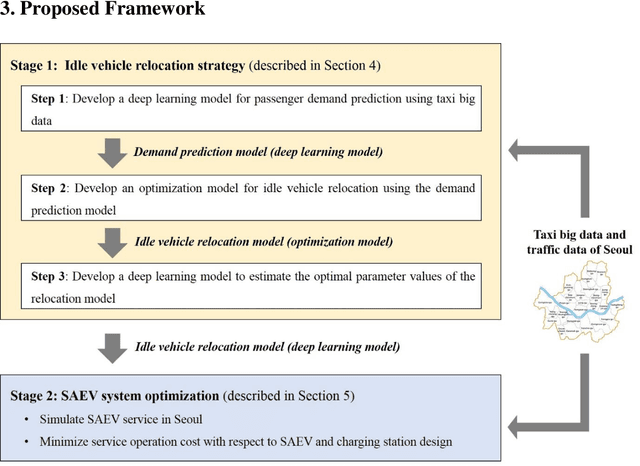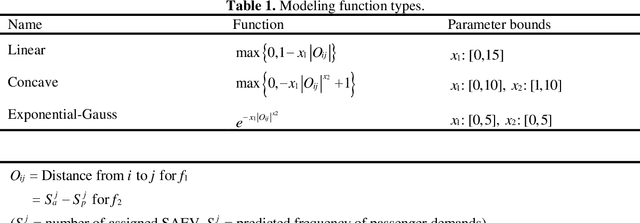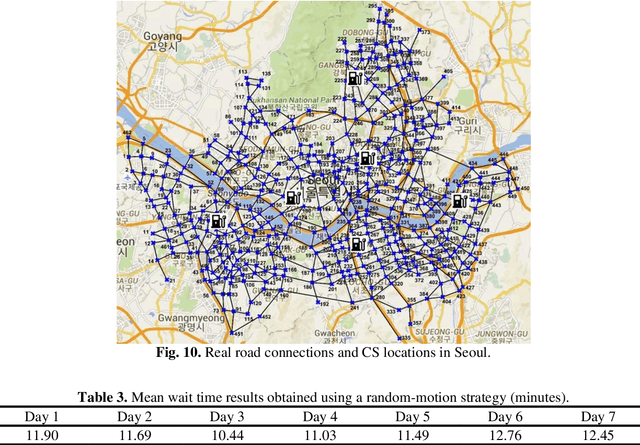Ungki Lee
Adaptive Neural Network Ensemble Using Frequency Distribution
Oct 19, 2022



Abstract:Neural network (NN) ensembles can reduce large prediction variance of NN and improve prediction accuracy. For highly nonlinear problems with insufficient data set, the prediction accuracy of NN models becomes unstable, resulting in a decrease in the accuracy of ensembles. Therefore, this study proposes a frequency distribution-based ensemble that identifies core prediction values, which are expected to be concentrated near the true prediction value. The frequency distribution-based ensemble classifies core prediction values supported by multiple prediction values by conducting statistical analysis with a frequency distribution, which is based on various prediction values obtained from a given prediction point. The frequency distribution-based ensemble can improve predictive performance by excluding prediction values with low accuracy and coping with the uncertainty of the most frequent value. An adaptive sampling strategy that sequentially adds samples based on the core prediction variance calculated as the variance of the core prediction values is proposed to improve the predictive performance of the frequency distribution-based ensemble efficiently. Results of various case studies show that the prediction accuracy of the frequency distribution-based ensemble is higher than that of Kriging and other existing ensemble methods. In addition, the proposed adaptive sampling strategy effectively improves the predictive performance of the frequency distribution-based ensemble compared with the previously developed space-filling and prediction variance-based strategies.
Idle Vehicle Relocation Strategy through Deep Learning for Shared Autonomous Electric Vehicle System Optimization
Oct 16, 2020



Abstract:In optimization of a shared autonomous electric vehicle (SAEV) system, idle vehicle relocation strategies are important to reduce operation costs and customers' wait time. However, for an on-demand service, continuous optimization for idle vehicle relocation is computationally expensive, and thus, not effective. This study proposes a deep learning-based algorithm that can instantly predict the optimal solution to idle vehicle relocation problems under various traffic conditions. The proposed relocation process comprises three steps. First, a deep learning-based passenger demand prediction model using taxi big data is built. Second, idle vehicle relocation problems are solved based on predicted demands, and optimal solution data are collected. Finally, a deep learning model using the optimal solution data is built to estimate the optimal strategy without solving relocation. In addition, the proposed idle vehicle relocation model is validated by applying it to optimize the SAEV system. We present an optimal service system including the design of SAEV vehicles and charging stations. Further, we demonstrate that the proposed strategy can drastically reduce operation costs and wait times for on-demand services.
 Add to Chrome
Add to Chrome Add to Firefox
Add to Firefox Add to Edge
Add to Edge